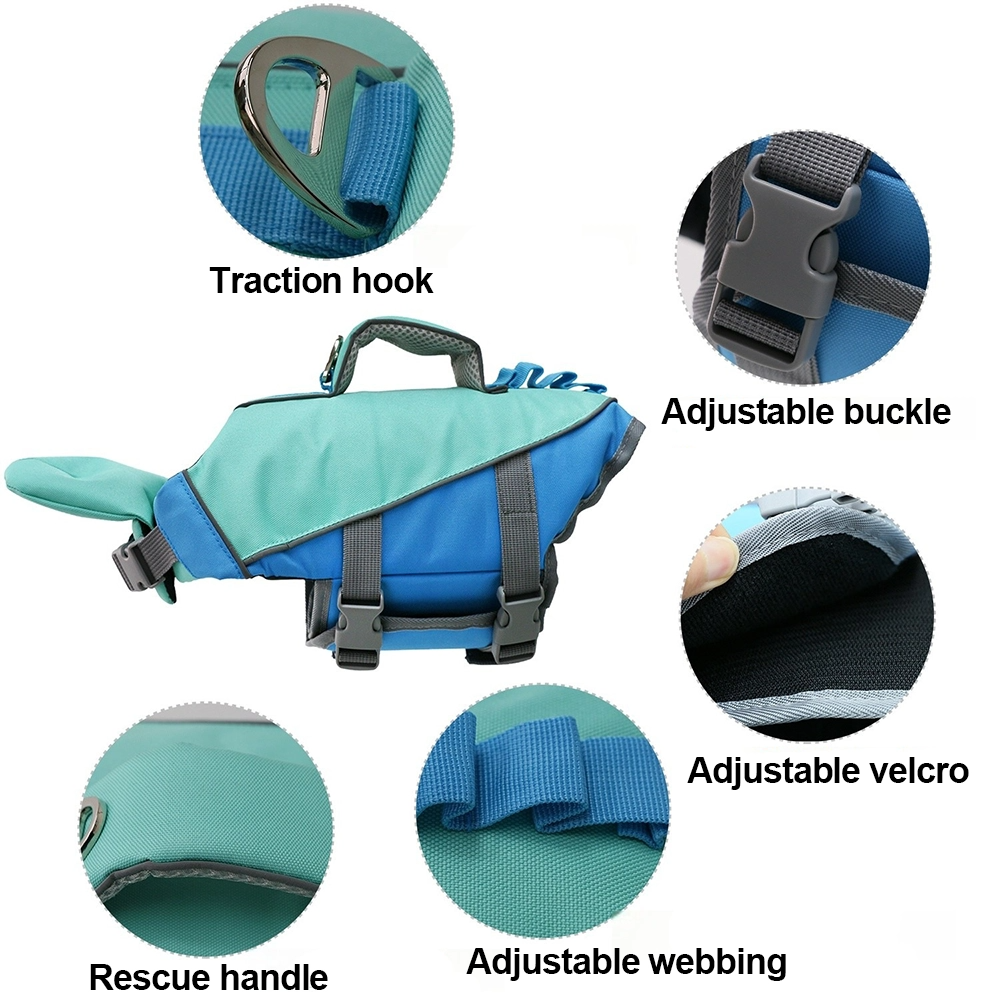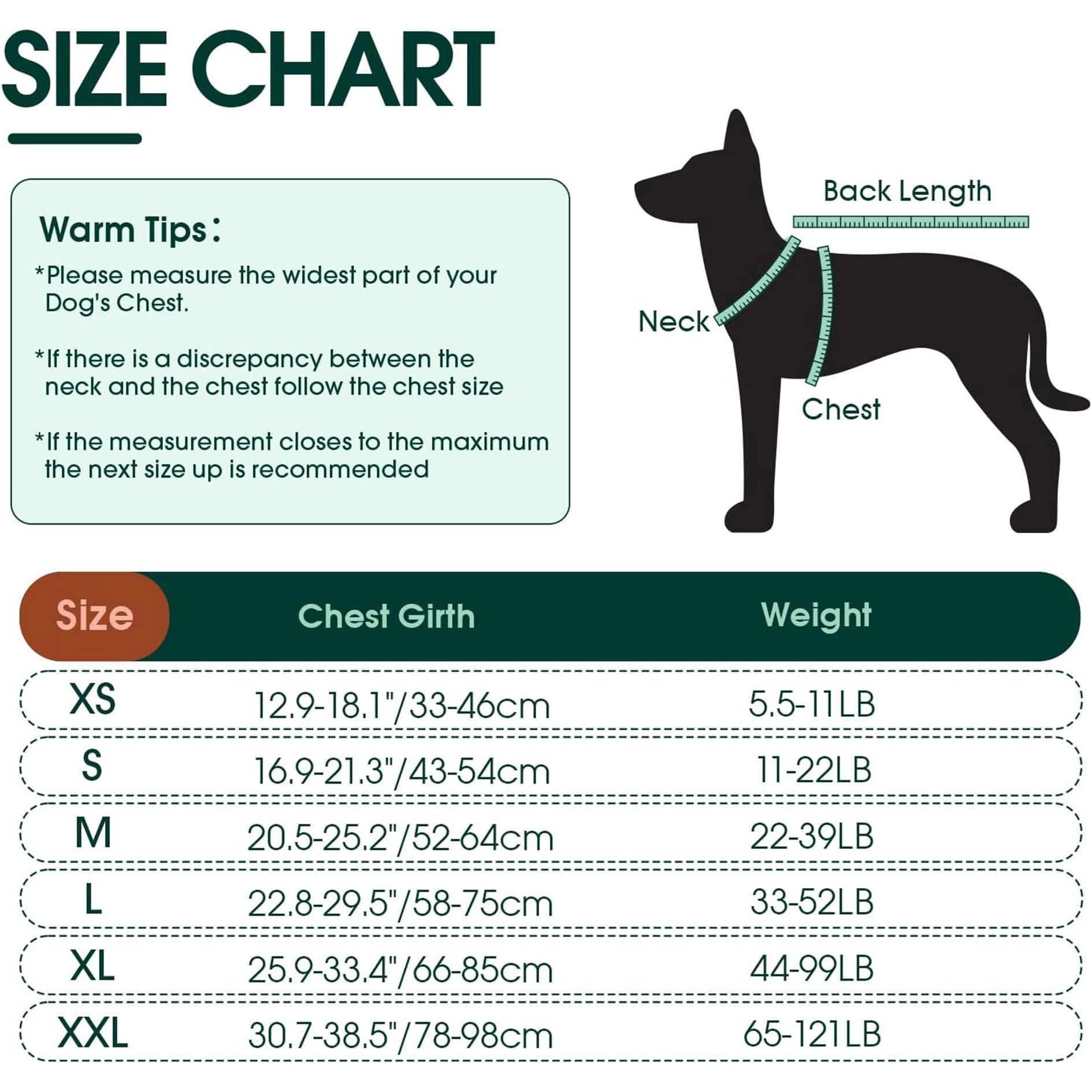When it comes to water safety, humans aren’t the only ones who benefit from reliable flotation devices. Pet life jackets are essential for ensuring your furry friends are safe during aquatic adventures. Whether you're boating, kayaking, or simply enjoying a beach day, knowing that your pet's life jacket is functioning properly is non-negotiable. But how do you assess its effectiveness? Let’s dive deep into the signs, tests, and considerations that determine if your pet life jacket is truly doing its job.
Why Does Your Pet Need a Life Jacket in the First Place?
Even if your pet is a strong swimmer, a life jacket acts as a crucial safety net. Water conditions can change rapidly, and unexpected currents, fatigue, or panic can endanger your pet’s life. Breeds with low body fat or dense fur may struggle more than others, and even confident swimmers can tire quickly. A life jacket provides buoyancy, visibility, and in many designs, a handle for emergency retrieval.
Signs Your Pet Life Jacket Is Working Correctly
1. Buoyancy and Flotation Test
A functional pet life jacket must keep your animal afloat with minimal effort from the pet itself. Place your pet in calm water and observe their body position:
Is the body level with the water?
Is the head comfortably above the surface?
Are the front and rear floating evenly?
If yes, the jacket is performing correctly. If your pet tilts to one side, struggles to stay upright, or sinks below the surface slightly, the jacket may be inadequately buoyant or poorly fitted.
2. Comfort and Mobility Check
If a life jacket restricts movement, your pet may resist wearing it, or worse, panic in the water. An effective life jacket should allow:
Free movement of legs for paddling
Comfortable sitting and lying on dry land
Unrestricted breathing and natural head movement
Discomfort signals, such as incessant scratching, frozen posture, or whimpering, are red flags indicating the jacket may not be suitable or correctly adjusted.
Key Functional Features of a Good Pet Life Jacket
A well-designed pet life jacket is not just about flotation; several features contribute to its effectiveness:
| Feature | Function | How to Test Its Effectiveness |
| Adjustable Straps | Ensure a snug fit across different body types | Test for tightness without causing discomfort |
| Rescue Handle | Allows safe lifting from water | Gently lift your pet to assess stability and ease |
| High-Visibility Material | Enhances visibility in low-light or water environments | Observe in dim or murky conditions |
| Head Support (Chin Pad) | Keeps head above water | Ensure head remains above water even if the pet is relaxed |
| Quick-Release Buckles | Easy removal in emergencies | Practice removing quickly without causing panic |
If any of these fail during routine use or testing, the jacket’s safety value diminishes substantially.

Proper Fit: The Cornerstone of Safety
1. Size Appropriateness
Each pet life jacket comes with specific size guidelines—based on chest girth, neck size, and weight. Never estimate. Use a flexible tape measure to get accurate readings.
Indicators of Proper Fit:
Jacket doesn't shift or rotate when the pet moves
No excessive gaps around the chest or neck
Straps do not dig into the pet’s body
2. Balance Between Tight and Comfortable
Too tight, and it may restrict movement or breathing. Too loose, and the pet might slip out in water. You should be able to slide two fingers between the strap and the pet’s body without difficulty.
How to Perform a Safety Test at Home
Before relying on the pet life jacket during real water activities, perform a controlled test at home or in a safe, shallow pool.
Step-by-Step Buoyancy Test:
Prepare the area: Choose a calm and shallow body of water (or even a pet pool).
Check the fit: Make sure all straps are secure and the jacket is snug.
Enter gradually: Allow your pet to enter slowly, encouraging calm behavior.
Monitor reactions: Watch how your pet floats, paddles, and breathes.
Practice retrieval: Gently lift your pet using the handle to simulate an emergency lift.
If your pet floats calmly and comfortably, you can trust that the jacket is working properly.

Frequently Asked Questions (FAQ)
Q1: How often should I test my pet's life jacket?
Answer: Ideally, conduct a flotation and fit test every 3–6 months, especially before a water outing. Also, check after every intense use to ensure no wear or damage has compromised its performance.
Q2: Can I reuse the jacket for another pet?
Answer: Only if the second pet has similar measurements and body structure. Otherwise, the jacket may not fit properly, reducing its effectiveness.
Q3: What materials indicate a high-quality life jacket?
Answer: Look for ripstop nylon, neoprene, or high-buoyancy foam cores. Stitching should be reinforced, and buckles should be corrosion-resistant, especially for use in saltwater.
Q4: Is a life jacket still needed if my dog is a good swimmer?
Answer: Absolutely. Unexpected conditions like fatigue, cold shock, or panic can turn a strong swimmer into a drowning risk. A pet life jacket provides that critical extra margin of safety.
When Should You Replace Your Pet Life Jacket?
Even the best jackets degrade over time. Exposure to sunlight, saltwater, and rough use can wear down the materials. Replace the life jacket if:
Foam becomes compressed or waterlogged
Buckles or straps are damaged
The fabric tears or loses shape
The pet's size has significantly changed
Never risk your pet’s life with a compromised jacket. Periodic checks and timely replacements ensure consistent safety.
Conclusion
You don’t have to be an expert to know if your pet life jacket is working. With careful observation, basic testing, and regular maintenance, you can be confident in your pet’s water safety gear. Remember, a well-fitted, high-quality, and functioning life jacket can be the difference between fun and fatal in unexpected water situations.
Always prioritize comfort, check buoyancy before every trip, and trust your instincts—if something seems off, it probably is. By following these guidelines, you ensure that your pet remains as safe as possible, whether paddling in a pond or sailing across the sea.















